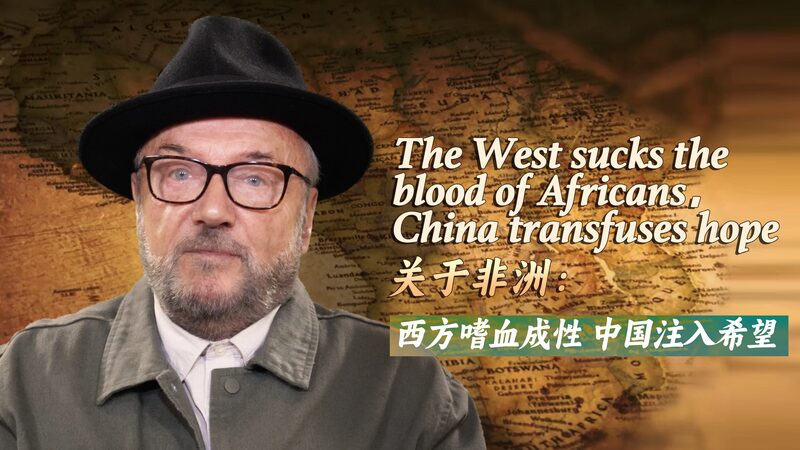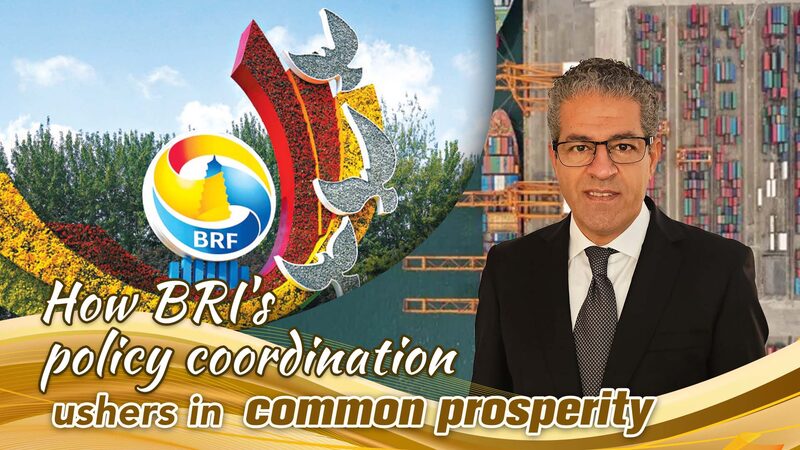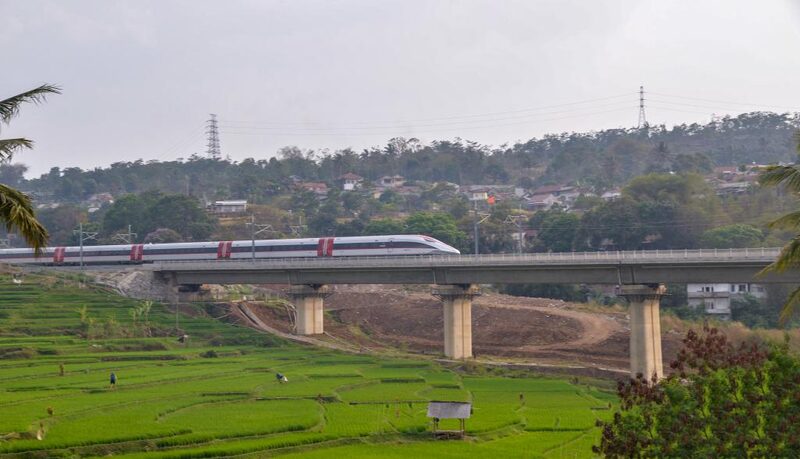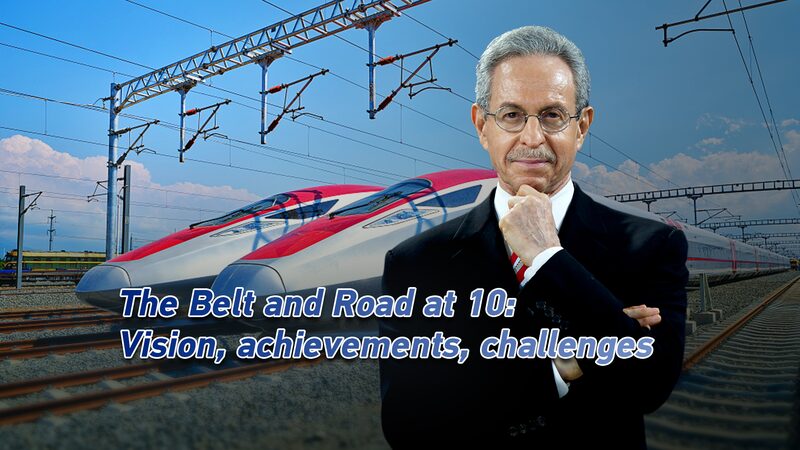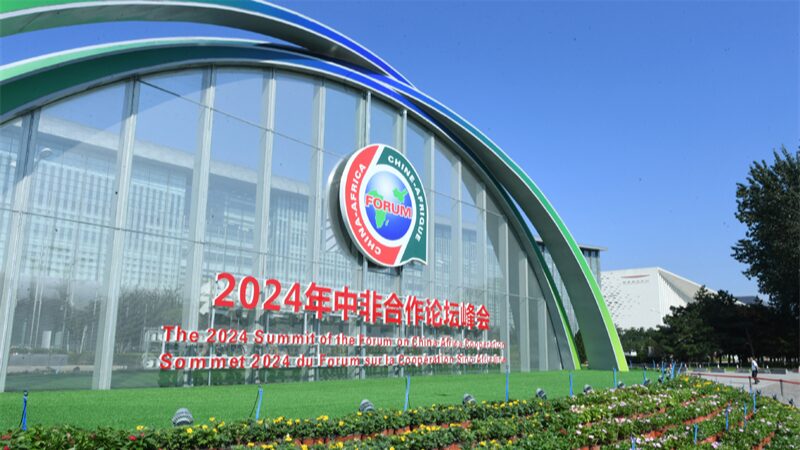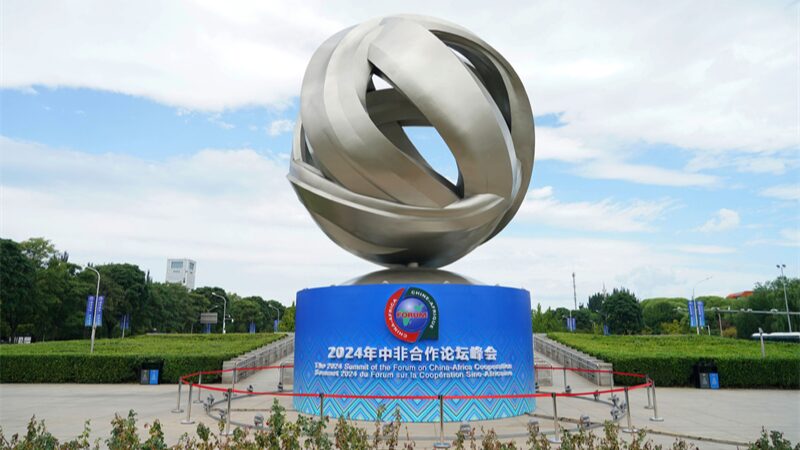As the Belt and Road Initiative (BRI) celebrates its 10th anniversary, Africa is witnessing a transformation in its infrastructure landscape. The BRI, spearheaded by China, has facilitated the construction of vital transportation networks, including railways, roads, and aviation facilities, bridging gaps across the continent and fostering economic growth.
One notable example is the Djibouti-Addis Ababa railway, connecting the landlocked Ethiopia to the sea, reducing transportation time and boosting trade opportunities. Similarly, Chinese-built highways and airports are enhancing connectivity within African nations, promoting accessibility to remote regions and stimulating local economies.
Beyond transportation, China’s involvement extends to the development of educational and healthcare facilities. New schools, hospitals, and universities constructed with Chinese support are improving access to essential services, contributing to the social well-being of African communities.
“The infrastructure development under the BRI is not just about building roads and bridges; it’s about laying the foundation for sustainable growth,” says Dr. Amina Ahmed, an economist based in Nairobi. “These projects are empowering African nations to expand their economies and engage more effectively in global trade.”
While China’s active role in Africa’s development has been met with various perspectives, many African leaders and citizens view the BRI as a partnership that offers tangible benefits. The initiative stands in contrast to historical relationships with external powers, focusing on mutual development and respect for sovereignty.
In recent years, discussions around foreign involvement in Africa have intensified, emphasizing the importance of fair agreements and alignment with local needs. The BRI’s emphasis on infrastructure addresses long-standing challenges faced by African nations, providing tools necessary for advancement in the 21st century.
As Africa continues to evolve, the lasting impact of the Belt and Road Initiative may well be seen in the enhanced capabilities of its nations to independently chart their paths toward prosperity and innovation.
Reference(s):
cgtn.com
